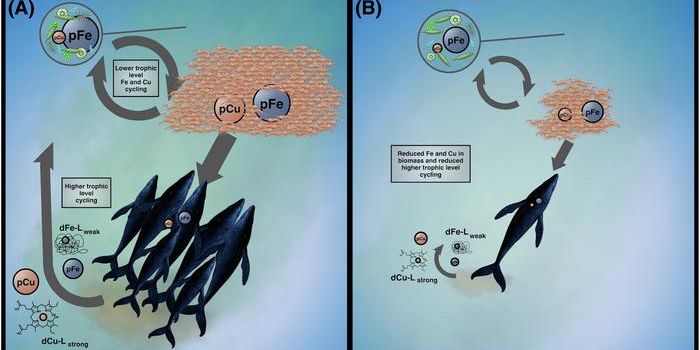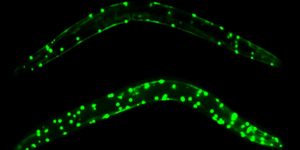Has the Mystery Behind Peruvian Parrot Geophagy Been Solved?
Animals eat food because they’re in constant need of nutrition replenishment and energy to survive. On the other hand, some animals resort to eating soil, which lacks the nutritional value needed for survival.
Image Credit: Pixabay
Researchers have been trying to figure out why animals elect to eat soil for years, but have so far come up empty-handed. There are several potential theories, but based on what we know today, every guess is as good as the next.
One of the better-standing theories is that soil contains the essential nutrients that are in low supply during the animals' breeding season when demand for nutrition is much higher.
Another possible theory was that because soil provides a soothing effect after eating toxic plants, animals may eat it to quell stomach aches brought on by their previous meal.
A region in Southwestern Peru where parrots and many other animals commonly dine on local clay provided researchers with a unique opportunity to study the behavior up close. They’ve published their findings in the journal Ibis.
Related: Wild African gray parrots have been banned from international trade
From their observations, they rule out the latter idea that soil deals with stomach aches brought on by toxic snacks, citing that pattern observations recorded over several years showed that parrots were more likely to eat soil during their natural breeding season.
This concept instead adds credibility to the former point, that the need for additional nourishment drives geophagy – the act of eating dirt.
Even though the soil lacks the carbohydrates and proteins that birds can obtain from other food sources, soil does have some of the nutrients the birds require for reproduction during their breeding season, like sodium.
"There's lots of evidence that's pointing in that direction," said study co-author Elizabeth A. Hobson from Arizona State University's Santa Fe Institute Center for Biosocial Complex Systems. "Sodium in the rainforest is really rare, and the place on these clay licks most preferred by the birds also has the highest sodium content."
The soil acts just like sodium supplement, filling in the gap the birds experience while pursuing their regular diet.
Geophagy isn’t unique to Peruvian parrots by any stretch; instead, it takes place all over the world and several types of animals, big and small, partake in this peculiar behavior. Chances are, they probably do it for similar reasons too.
Additional research could shed some more light on why the creatures aren’t getting enough sodium from their natural diets, but for now, it seems like the most likely explanation.
Source: Texas A&M University College of Veterinary Medicine & Biomedical Sciences









